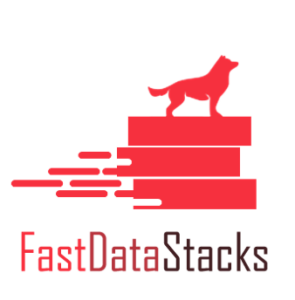 Any NFV solution stack is only as good as its foundation. Key foundational assets for a NFV infrastructure are:
Any NFV solution stack is only as good as its foundation. Key foundational assets for a NFV infrastructure are:
- The virtual forwarder: The virtual forwarder needs to be a feature-rich, high performance, highly scale virtual switch-router. It needs to leverage hardware accelerators when available and run in user space. In addition, it should be modular and easily extensible.
- Forwarder diversity: A solution stack should support a variety of forwarders, hardware forwarders (physical switches and routers) as well as software forwarders. This way virtual and physical forwarding domains can be seamlessly glued together.
- Policy driven connectivity: Business policies should determine the network level connectivity, rather than the other way around. Historically this has often been the other way around which quite often resulted in operational challenges.
In order to meet these desired qualities of an NFV infrastructure, the OPNFV FastDataStacks project was started in spring 2016, shortly after the FD.io Linux Foundation collavborative project was launched. FastDataStacks set out to compose a variety of scenarios using FD.io as a foundation to create an NFV solution that is both flexible and performant.
FastDataStacks scenarios are created with components from a set of open source projects. While performing the integration, FastDataStacks had to integrate and significantly evolve the functionality of different upstream components used, and evolve the automated installation and testing tools in OPNFV. FastDataStacks is a great example of OPNFV’s modus operandi: create, compose, deploy, test, iterate.
The key ingredient for all these scenarios is the forwarding infrastructure supplied by FD.io, the “Vector Packet Processor” VPP – along with OpenStack as the VM manager. In addition, OpenDaylight as a network controller plays a key role in many of the scenarios built by FastDataStacks.
The picture showcases typical key components in FastDataStacks:

All of these components had to be evolved to fully meet the needs of the scenarios composed by FastDataStacks. In an “upstream first” mentality, the FastDataStacks project team, which consists of members from a diverse set of companies, submits required patches to corresponding upstream projects.
OPNFV Scenarios Built by FastDataStacks
FastDataStacks builds a series of scenarios with a variety of features and functions, following the different needs of the market. These include for example:
- OpenStack – OpenDaylight (Layer2) – HoneyComb – VPP
- OpenStack – VPP
- OpenStack – OpenDaylight (Layer3) – HoneyComb – VPP: OpenDaylight (L3)
FastDataStacks scenarios are released once complete and fully tested. The first FastDataStacks scenario, termed “OpenStack – OpenDaylight (Layer2) – HoneyComb – VPP”, became available as part of the OPNFV Colorado 1.0 release.
With the Euphrates release, the FastDataStacks project includes VSperf integration, distributed virtual router (DVR) support, and HA features. VSperf integration enables FD.io performance benchmarking. DVR removes the single node router bottleneck by distributing the functionality across multiple nodes, hence increasing performance. By using a 100% Layer-3 DVR solution and by using LISP based tunnel management for dynamic failsafe connectivity, the availability of FD.io is significantly improved.
Learn More:

